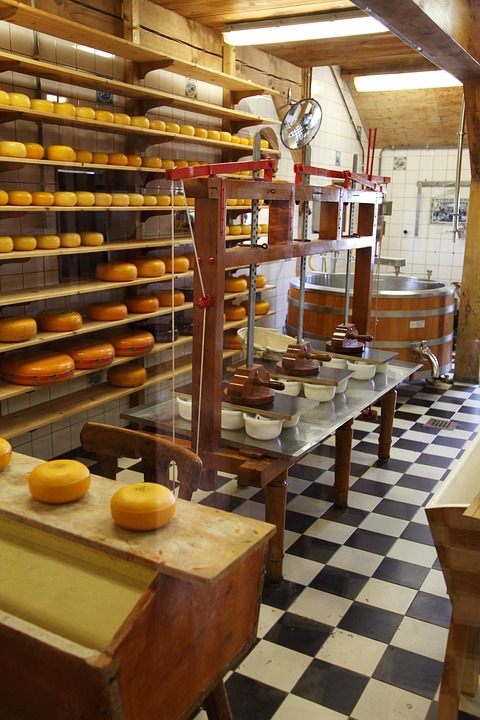Introduction
Robotic dairy factories and automated milking-to-market systems are revolutionizing the dairy industry by increasing efficiency, improving milk quality, and reducing labor costs. In this report, we will explore the future of these technologies, the companies leading the way, and the financial implications of adopting robotic dairy systems.
Current State of Robotic Dairy Factories
Robotic dairy factories are equipped with automated milking systems that allow cows to be milked without human intervention. These systems use sensors to monitor the health and productivity of each cow, ensuring optimal milking schedules and reducing the risk of overmilking.
Benefits of Robotic Dairy Factories
One of the main benefits of robotic dairy factories is the ability to increase milk production while reducing labor costs. These systems can milk cows more frequently and efficiently than traditional methods, leading to higher yields and improved milk quality. Additionally, robotic systems can detect health issues in cows early on, allowing for faster treatment and lower veterinary costs.
Companies Leading the Way
Some of the top companies in the robotic dairy industry include Lely, DeLaval, and Fullwood Packo. These companies offer a range of robotic milking systems that cater to different farm sizes and needs. Lely, for example, offers the Astronaut A5 robotic milking system, which is designed to maximize cow comfort and productivity.
Future Trends in Robotic Dairy Factories
As technology continues to advance, we can expect to see even more sophisticated robotic dairy systems in the future. These systems will likely incorporate artificial intelligence and big data analytics to optimize milk production and cow health. Additionally, robotic systems may become more affordable and accessible to smaller dairy farms, further driving adoption rates.
Financial Implications
While the initial cost of implementing robotic dairy systems can be high, the long-term financial benefits are significant. Studies have shown that robotic milking systems can increase milk production by up to 10% while reducing labor costs by 30-50%. This can result in a return on investment within 3-5 years for many dairy farmers.
Industry Insights
The global market for robotic dairy systems is projected to grow at a CAGR of 12.5% from 2021 to 2026, reaching a value of $2.9 billion by the end of the forecast period. This growth is driven by increasing demand for efficient dairy farming practices, rising labor costs, and advancements in technology. North America and Europe are currently the largest markets for robotic dairy systems, with Asia Pacific expected to witness the fastest growth in the coming years.
Conclusion
In conclusion, the future of robotic dairy factories and automated milking-to-market systems is bright. These technologies offer significant benefits to dairy farmers in terms of increased milk production, improved milk quality, and reduced labor costs. As companies continue to innovate and develop more advanced robotic systems, we can expect to see widespread adoption of this technology across the dairy industry. It is clear that robotic dairy factories are here to stay and will play a vital role in shaping the future of dairy farming.


